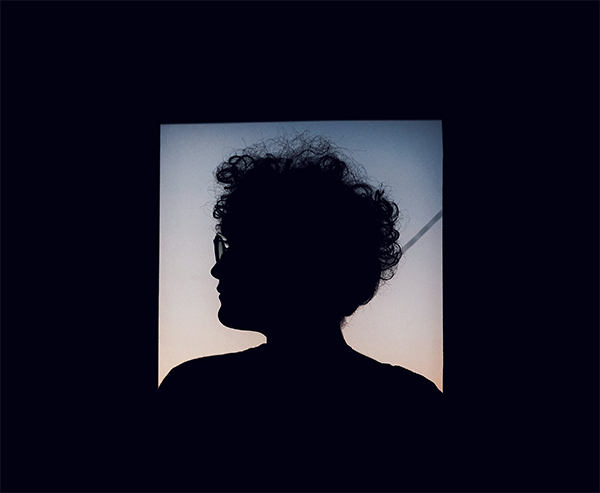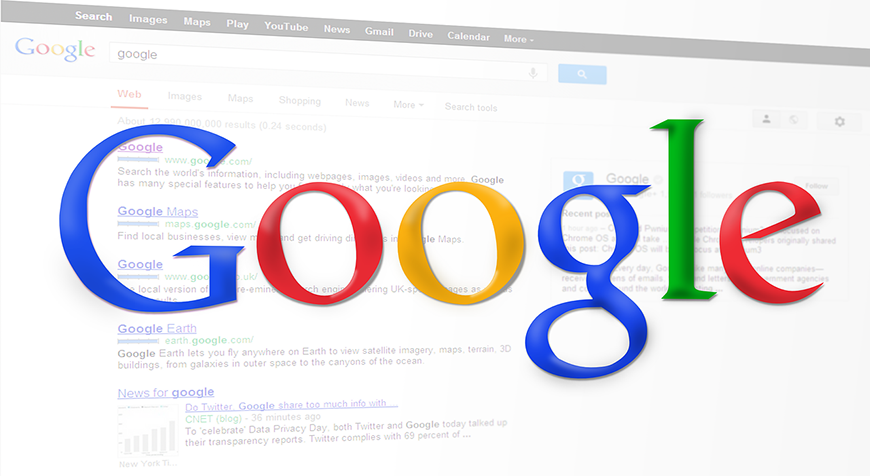1. Car sharing via mobile:
“Drivenow” is a new type of premium car-sharing service introduced by BMWi, MINI, and Sixt, powered by Vodafone. Just the way you hire a bike and leave it behind near your final destination, you can do the same with a car. “Drivenow” gives you access to a car wherever and whenever you need it and then you just leave it behind. Parking is free and fuel is included. You just pay for the time. Mobility at its best. Did you know that Newzealand has a similar car-sharing service? Check out www.cityhop.co.nz for more details.
2. Smart text books:
In developing countries, most people do not have the chance to own tablets or e-readers. In fact, they only own gadgets that are old and used mainly for texting. The Philippine’s largest telecom company “Smart” came up with an idea and introduced smart text books as a substitute for tablets. They turned sim cards into a new brand of textbooks, where students would have messages on their phones of up to 160 characters with the text book content information on them. The result of which school bags became 50% lighter. Check out the video below.
3. Find parking:
When heading to any urban city, we spend more time trying to find a parking space than just driving to the destination. Parker comes up with a solution not just to find on-street parking but also garages and lots. Through detecting sensors, the app shows real-time parking availability. Parker won the best mobile innovation award for “smart cities” by global mobile awards 2013.
4. SMS as lifesaver:
One of the best apps created in Stockholm to treat people experiencing cardiac emergencies. A few thousand people have been trained in cardiopulmonary resuscitation (CPR) and when a Stockholm resident suffering from cardiopulmonary resuscitation dials 112, a text message is sent to all volunteers within 500 meters of the person in need, a volunteer can then choose to come and save the day and probably arrive quicker than emergency services. This has succeeded by increasing the survival rates after cardiac arrest from 3% to nearly 11%.
5. Neurocam foretells the future of advertising by scanning your brain:
It is a new revolution that could determine what goods in the stores interest people. As the information includes location data, it can also show what places people are interested in which could be useful for urban development planning. The headsets include EEG sensors that scan the brain for correlative spikes in interest. The iPhone assigns the EEG data a value from 1 to 100. When the data hits 60, interest is detected and the phone starts to record.
Interesting. Isn't it ?
Want more from your website?
Get practical, easy to implement guidance and tips to accelerate your online performance with a personalised one on one phone consultation







 The Risks of Having An Out of Date Website
The Risks of Having An Out of Date Website
 How to Use Marketing Buyer Personas to Improve the Effectiveness of Your Website
How to Use Marketing Buyer Personas to Improve the Effectiveness of Your Website
 How Marketing Has Changed in 2021
How Marketing Has Changed in 2021